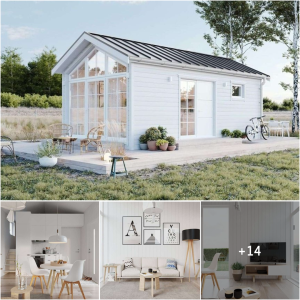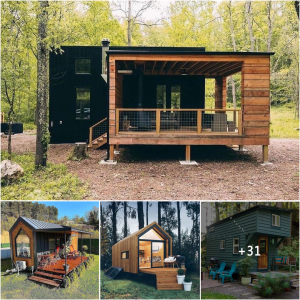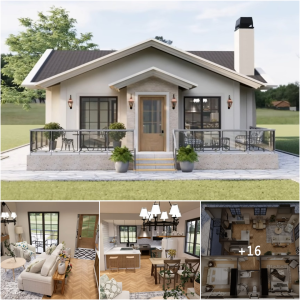Are you a gardening enthusiast looking to bring the outdoor gardens indoor? Or a city slicker searching for a green relief from the concrete jungle around you? Terrarium plants are the perfect solution!
Terrariums, not to be confused with jarrariums, are mini plant ecosystems growing in a glass jar. They have taken the gardening world by storm, and it’s easy to see why. One, they are low maintenance. Two, they can easily fit on a tabletop. And three, they make for a delightful addition to any home.
Terrariums, whether created with cacti, succulents, or tropical plants, are self-contained. This means that they’re pretty easy to care for—provided you give them the right dose of sunshine and water. What’s more, these miniature gardens can thrive for years!

But before you fetch a glass jar and get your terrarium growing, you will want to choose the right plants for your mini-ecosystem. Read on to know more about it…
What Are Terrarium Plants?
Terrarium plants are small, slow-growing plants housed in a glass vessel. And if you’re not adept at taking good care of houseplants, they are the ultimate shortcut to surrounding yourself with greenery.
Terrariums can make indoor spaces more lively and inviting. They are also quite versatile in size—you can either go big or stay minimalistic with them.
So, if you are a newbie, here are some terrarium plant ideas to help you get started:
- Use a diverse array of glass vessels like cloche, open globes, bulbs, and jars.
- Grow plants like ferns, carnivorous plants, air plants, and succulents in your terrarium. They can thrive in small, enclosed spaces.
- Create eye-catching landscapes—from a mossy woodland and a whimsical fairy garden to a cacti desert and a tropical jungle.
- Add decorative pieces like seashells, glass pebbles, and driftwood to your little plant world.
The Best Terrarium Plants
As a basic rule of thumb, the best terrarium plants are petite and slow-growing. You don’t want them touching the sides of your vessel.
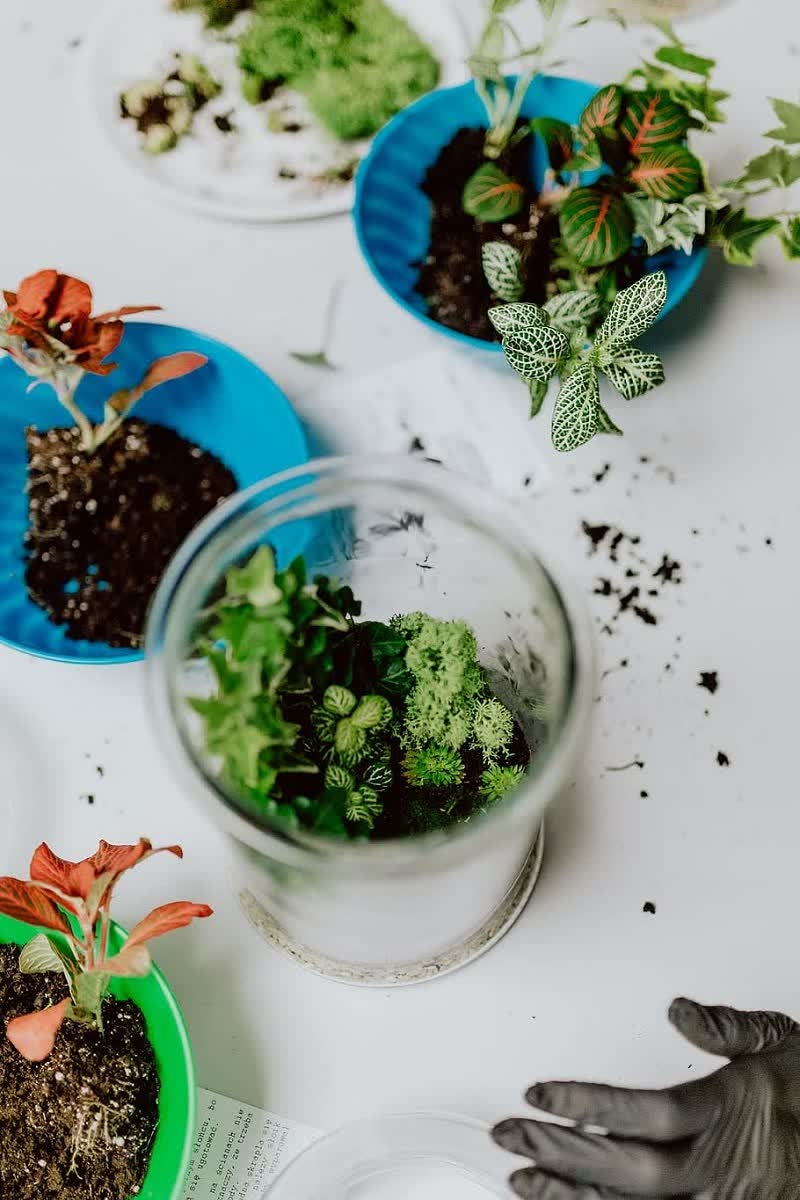
Other than that, there are endless terrarium plant options, so which to choose? Easy. Choosing the best terrarium plants will depend on whether your terrarium is open or closed.
Open terrariums are ideal for plants that prefer dry conditions. Succulents, air plants, and cacti thrive in them.
Closed terrariums have their own mini climate. They are best suited for moisture and heat-loving plants like ferns, mosses, and orchids.
Tip: Since your plants will be sharing a habitat, make sure they have similar light and moisture needs.
Open Terrarium Plants
Open terrariums are a great way for you to get started. They promote better airflow for plants and you don’t have to worry about condensation issues. Plus, they have a lower risk of mold and rot.

Keep in mind that plants in open terrariums prefer a more arid environment. Such terrariums also work well for plants that need direct sunlight.
Here are some plants that thrive in open terrariums:
1. Air Plants (Tillandsia)
Air plants don’t need soil to thrive. They attach themselves to a host for survival and absorb water and nutrients through their leaves. Not only do they make for a pretty addition to a terrarium, but they also purify the air!
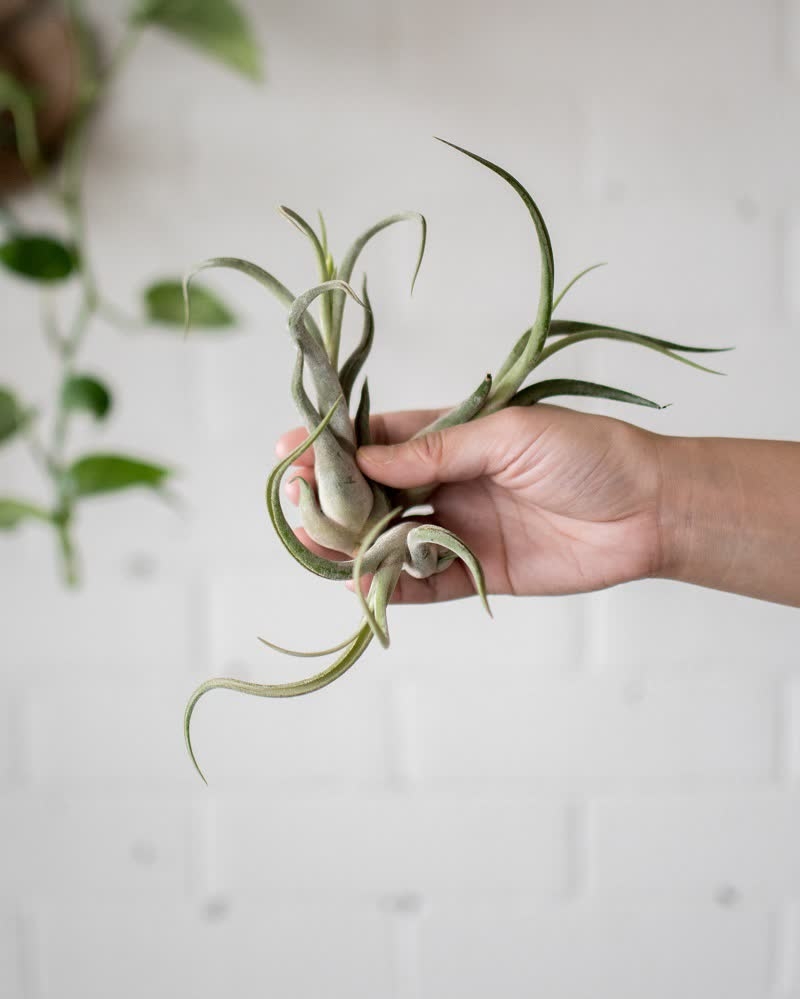
Tip: You can place your air plant atop driftwood or use a flat stone as a base.
2. Succulents
Succulents are plants with thick, fleshy foliage. If you often forget to water your plants, then these plants are for you—they can thrive in scarce water. Many succulents stay small, allowing them to live for years in a terrarium without transplanting.
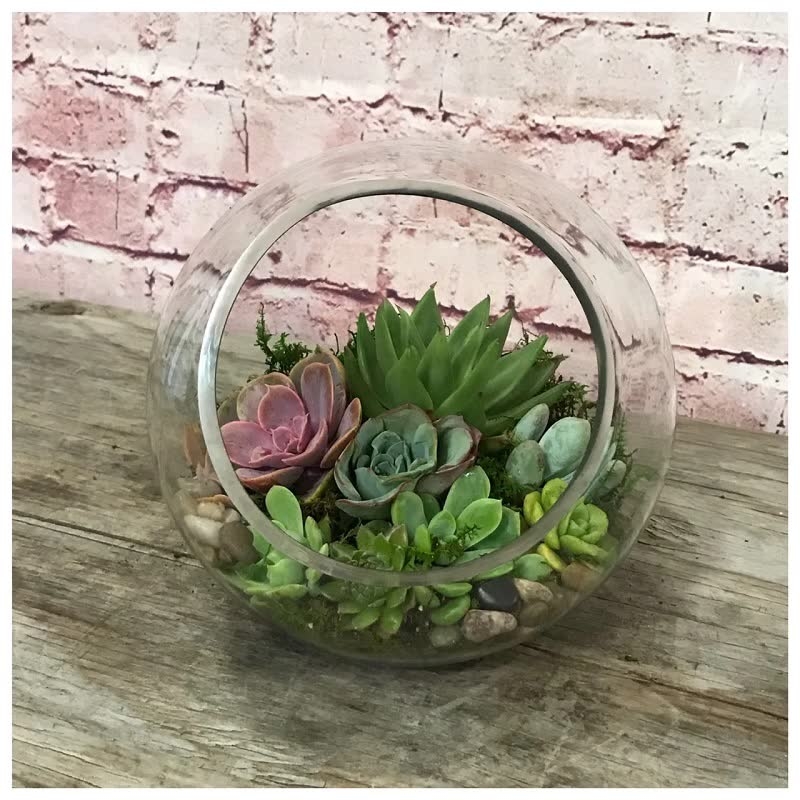
Tip: Overwatering your succulents will rot their roots. Water them only once a week.
3. Button Ferns (Pallaea Rotundifolia)
Button ferns are drought-tolerant, as opposed to the other members of the fern family. Because of their evergreen nature and beautiful round, leathery foliage, they have become a popular terrarium plant.
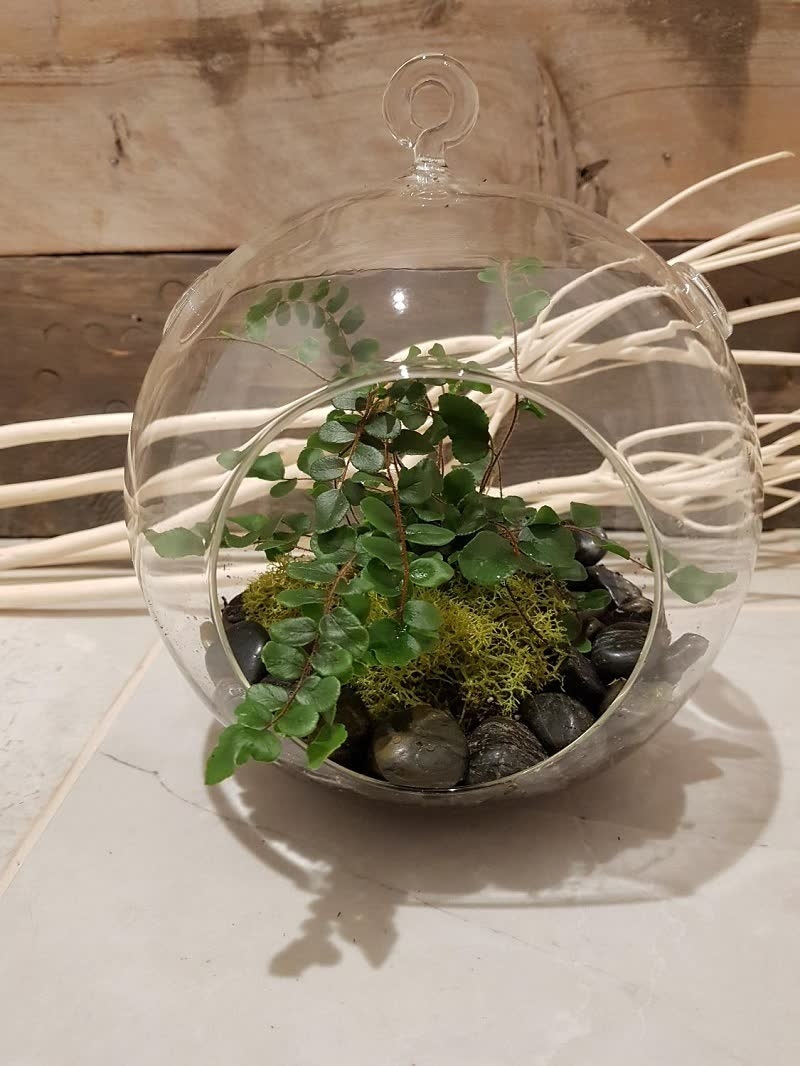
Tip: Button ferns prefer subdued light during the summer and bright, indirect light during winter.
4. Cacti
If you want to create a desert landscape in your terrarium, get cacti! These plants can’t survive in closed terrariums with high humidity and bad airflow. So, make sure you have a medium to large opening in the container.
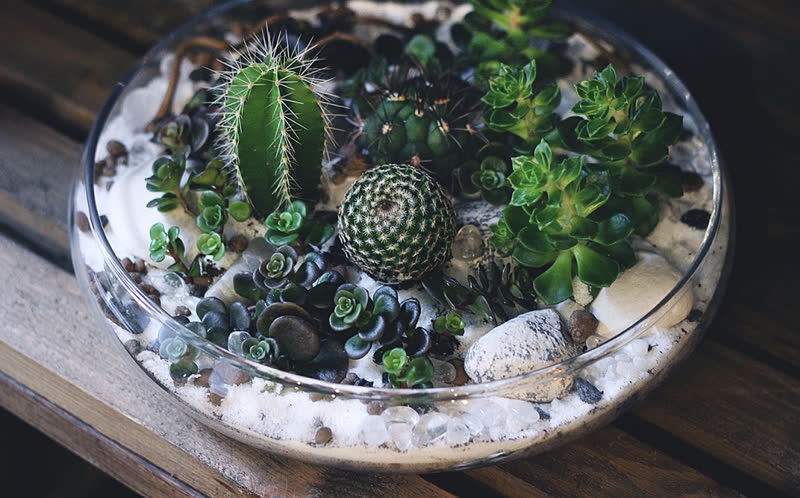
Note: Cacti look amazing in open terrariums, but they don’t survive very long. This is because the plants need regular airflow and low humidity to thrive.
5. Jade Plant (Crassula Ovata)
Jade plants are generally manicured as bonsais for terrariums. Since they need frequent watering, an open terrarium is a good choice for them. A simple rule is to water your jade plants when the topsoil is just about dry.
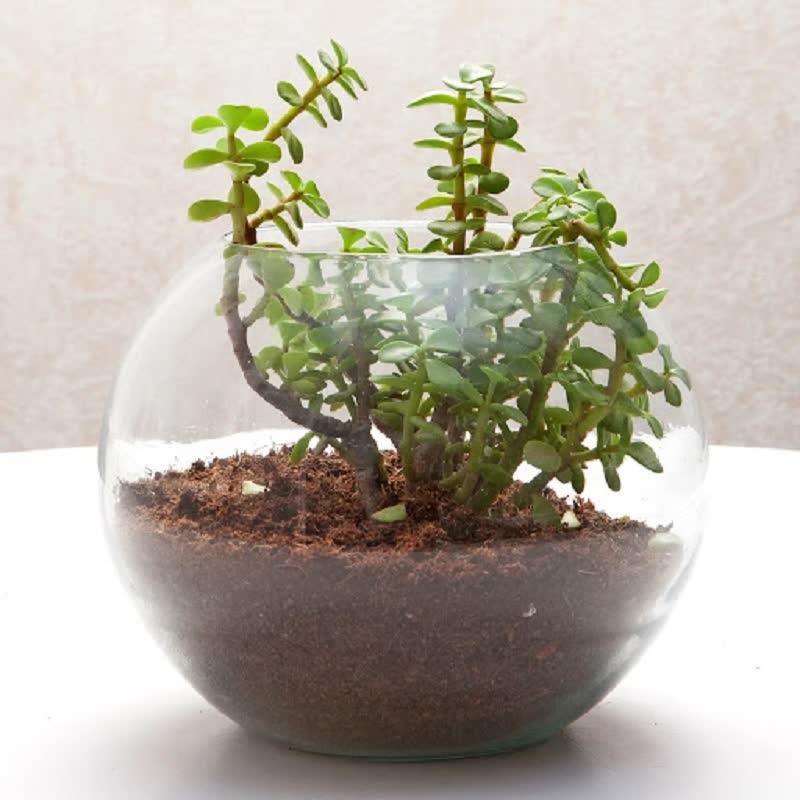
Tip: Because jade plants are considered to be a symbol of good luck, place them atop your work table.
Closed Terrarium Plants
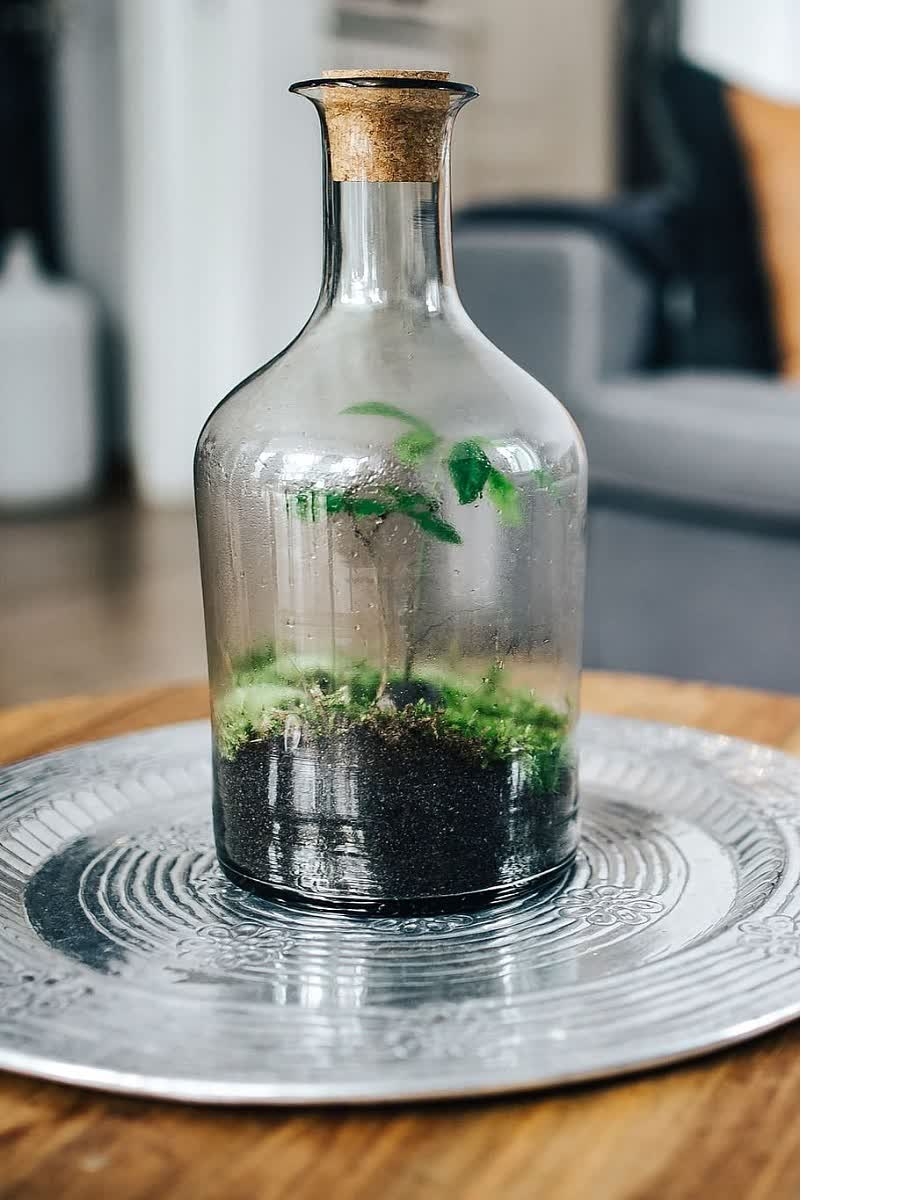
Closed terrariums are a bit more complicated to maintain. But they are worth all your effort. Because they are enclosed, they act more like tiny, self-sustaining gardens.
You can build your closed terrarium using tropical plants that love moisture and heat. Bear in mind that tropicals are going to eventually outgrow their vessel, so you will need to transplant them.
Here are some easy-going plants for a closed terrarium:
6. Peperomia (Peperomia Pellucida)
The Peperomia genus has low-growing, compact plants. Some are green-leaved while some have leaves that are blushed with white or red. These tropical plants thrive in humid conditions.

Note: There are over a thousand species in the Peperomia genus, so you have plenty of options to choose from!
7. Moss
Mosses and closed terrariums go together perfectly. That’s because they are slow-growing and they thrive in moisture and low light. Plus, they don’t take up much vertical space or contend with the other plants.
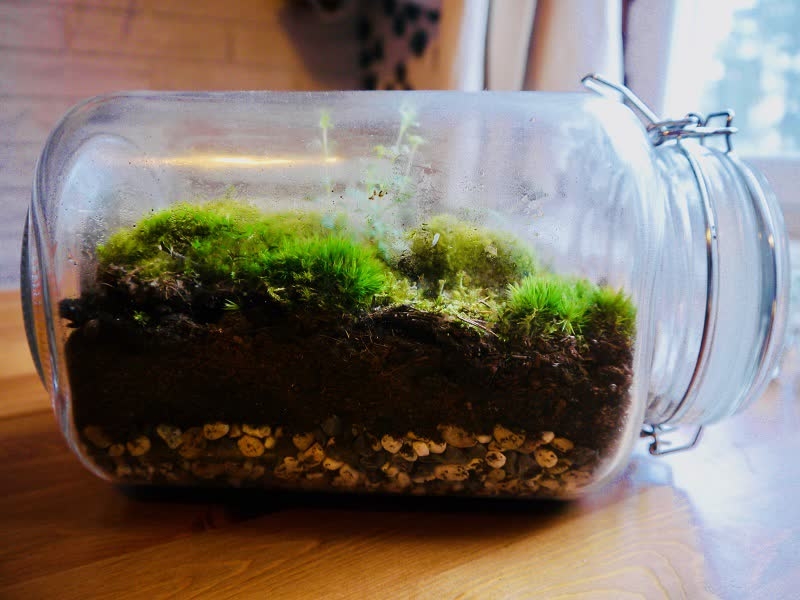
Tip: Carpeting mosses like java moss and feather moss are best for layering your terrarium, giving it a natural woodland look.
8. Nerve Plants (Fittonia)
Nerve plants are colorful tropical plants. They enjoy warm temperatures, high humidity, and partial to full shade.
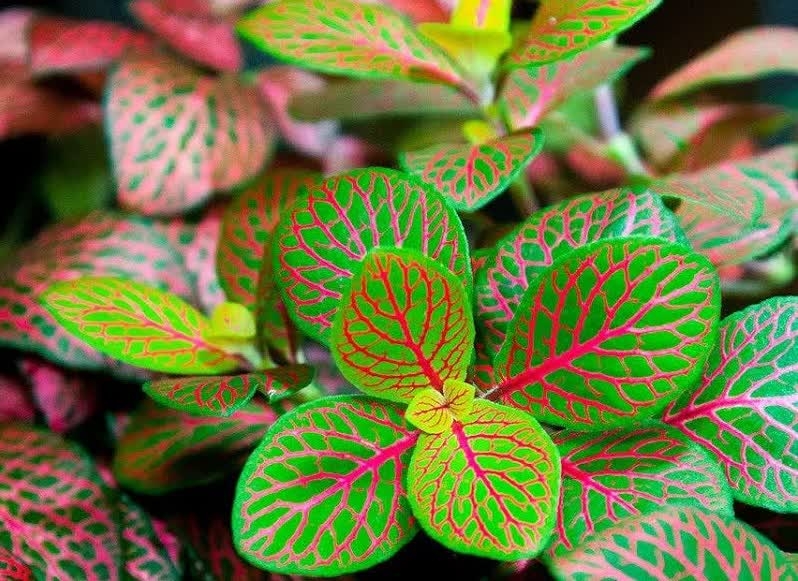
Because these plants grow to a maximum height of 10 to 15 centimeters, they are perfect for the limited confines of a terrarium.
9. Ferns
Most ferns prefer to grow in the warm, moist environment of a closed terrarium. Lemon button fern and maidenhair fern are two popular small-growing ferns. Grow them to add volume to your terrarium.

Tip: Pruning your ferns regularly will encourage them to grow fuller.
10. Polka Dot Plant (Hypoestes Phyllostachya)
Daub cheer to your terrarium with the delightful polka dot plant. This warmth- and moisture-loving plant is dappled with pink, purple, red, or white on green leaves.
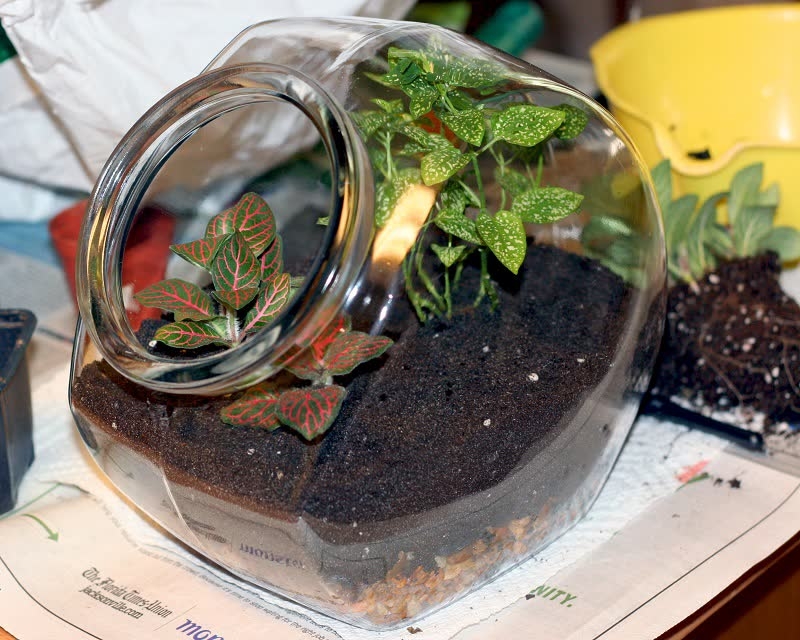
Note: Under favorable conditions, the plant makes tiny lavender-colored flowers in the summer.
Small Terrarium Plants
Small terrarium plants are truly small plants, and not just the immature versions of larger plants. With their small leaves and small growth habit, they are perfect to grow in your terrarium.
With minimal care, they will continue to look pretty and not outgrow the space. Here are a few small terrarium plants to look at:
11. Strawberry Begonia (Saxifraga Stolonifera)
Strawberry begonias make for the perfect terrarium plants. Why? Because they do not grow taller than 8 inches. And in late spring, they produce tiny, white, star-shaped flowers.
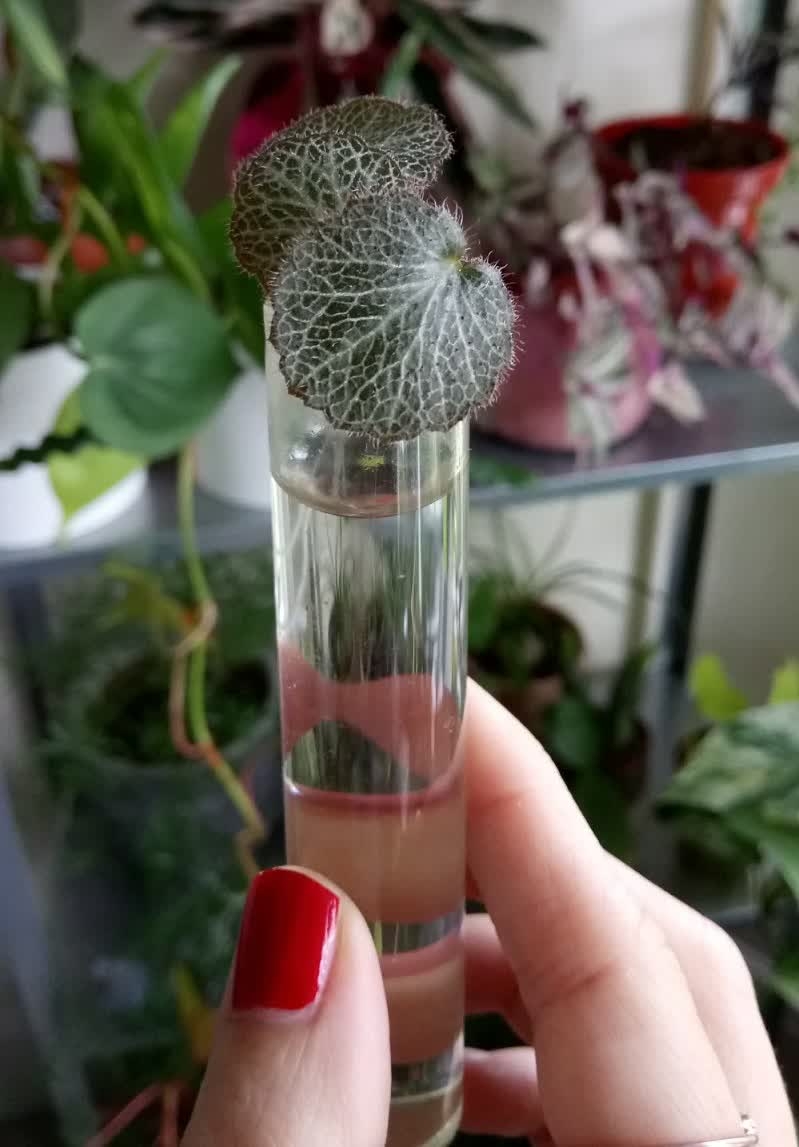
12. Miniature Orchids
It’s a joy to watch mini orchids bloom in a terrarium! The plant typically prefers warm and humid conditions. So closed terrariums suit them well.

Tip: Miniature jewel orchid and miniature phalaenopsis are the easiest types of orchids for your closed terrarium.
13. Miniature English Ivy (Hedera Helix)
The miniature version of the English ivy has tiny, pointed, dark green leaves. The vine is petite and easy-to-grow. It will creep across the base of the terrarium and can serve as ground cover.

Tip: The plant is small-leaved and grows less vigorously than other types of ivy. But you will have to prune it regularly.
14. Baby’s Tears (Soleirolia Soleirolii)
This plant has small rounded leaves that need frequent pruning. It forms mats of tiny, vividly green leaves, making it an ideal ground cover plant. The plant will stay small and can be tucked into any terrarium.

15. Bonsai
Bonsais can be planted in both open and closed terrariums. Their reduced root systems and diminutive habit make them ideal terrarium plants. Tropical species like ficus or aralia will thrive in a closed terrarium.
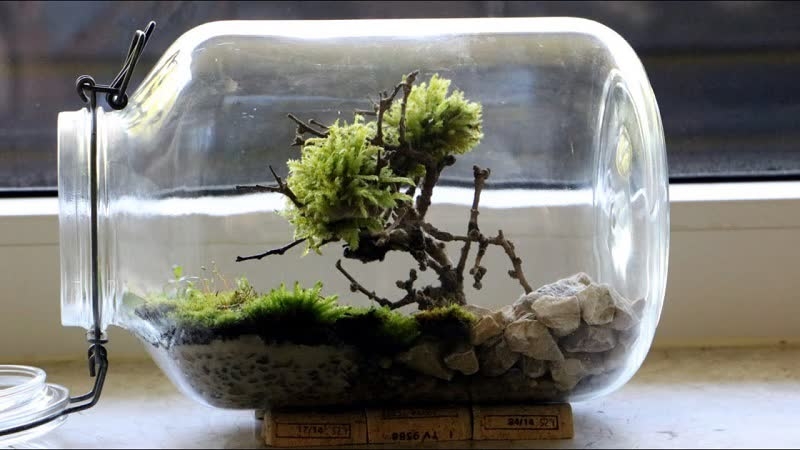
Tip: Bonsais do best when given a little fresh air once in a while.
Large Terrarium Plants
Large terrarium plants are suitable for planting in open or large terrariums. Bear in mind that these plants will need frequent pruning to prevent them from growing out of the terrarium.
Terrariums featuring large plants demand extra work, but they are totally worth it. Not only are they rare, but they also make your garden-in-a-glass stand out.
Take a look at these large terrarium plants:
16. Spider Plant (Chlorophytum Comosum)
Spider plants have long, narrow, green and white striped leaves that can add bling to your terrarium. The plant is terrarium-friendly and thrives in high humidity.
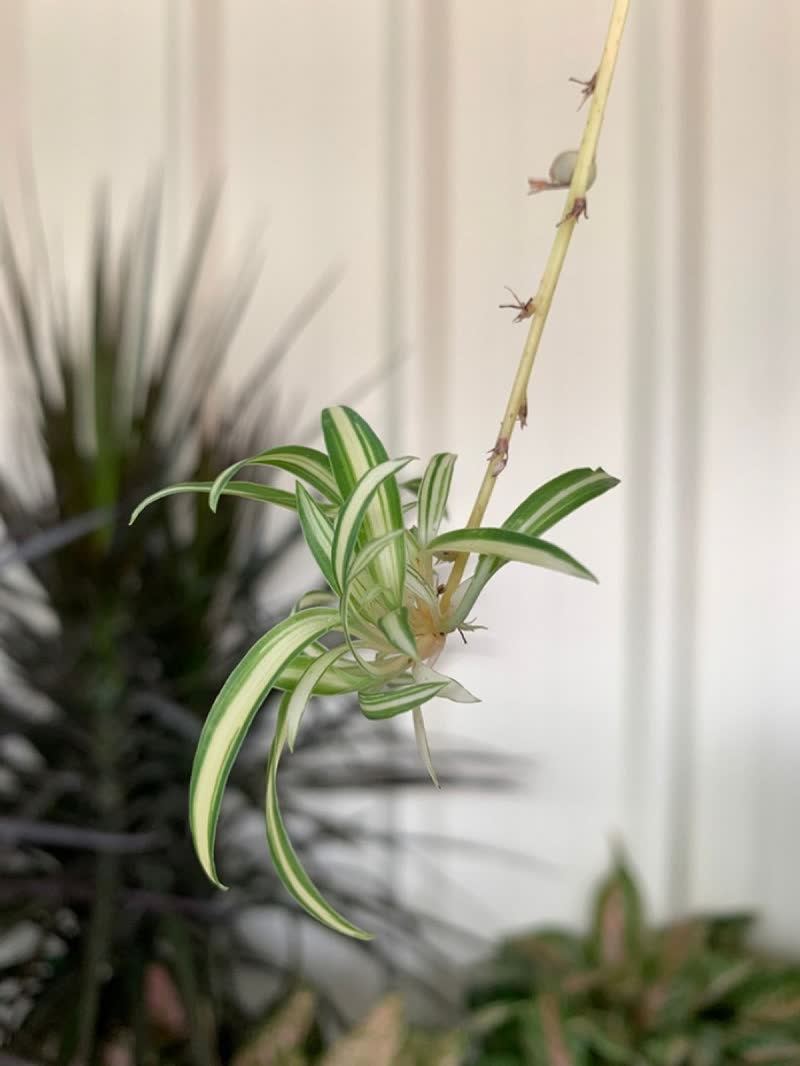
Tip: Keep an eye out for those little plantlets that the plant makes. Remove them from the terrarium before they take over the whole thing.
17. Venus Flytrap (Dionaea Muscipula)
Because of its wetland and marshy history, venus flytrap will thrive in the humid conditions of a terrarium. Plant in moss, add a little sand and leaf mold, keep it moist, and give it full sun to bring out its deep red hues.
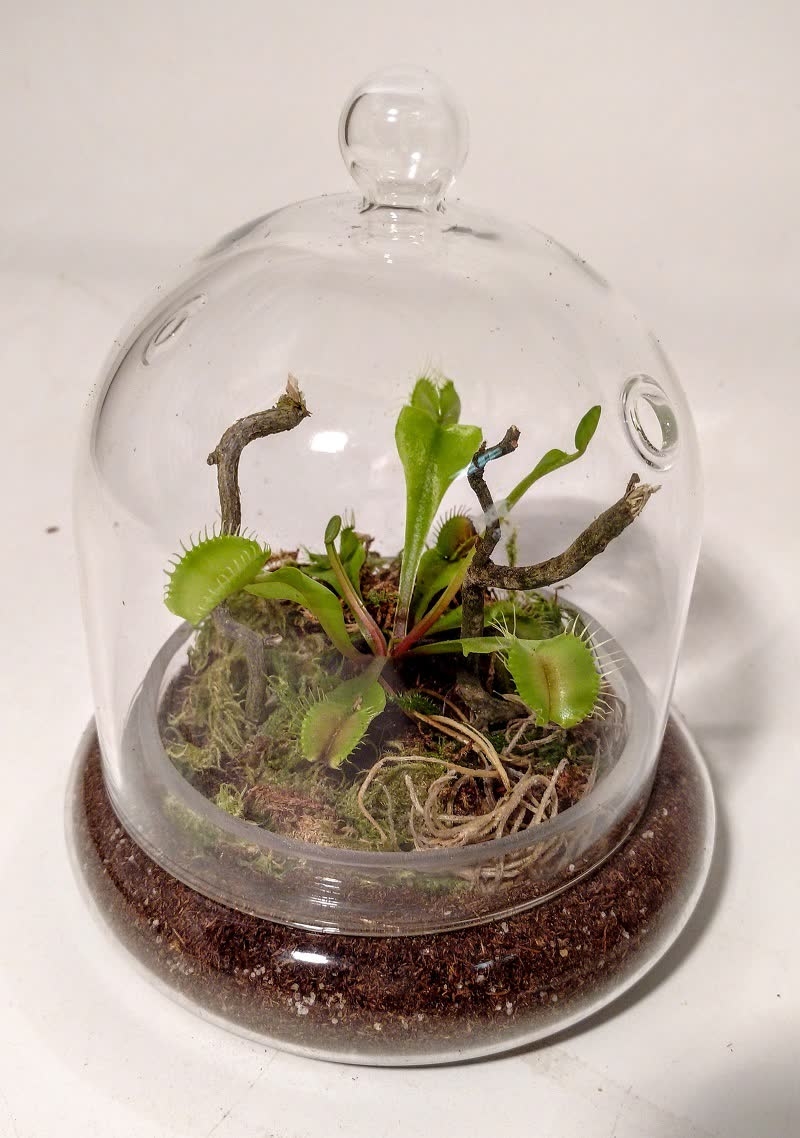
18. Golden Pothos (Epipremnum Aureum)
This climbing plant is arguably the easiest to grow in a terrarium, even if you forget to water it now and then. It has beautiful heart-shaped yellow, white, or pale green leaves.
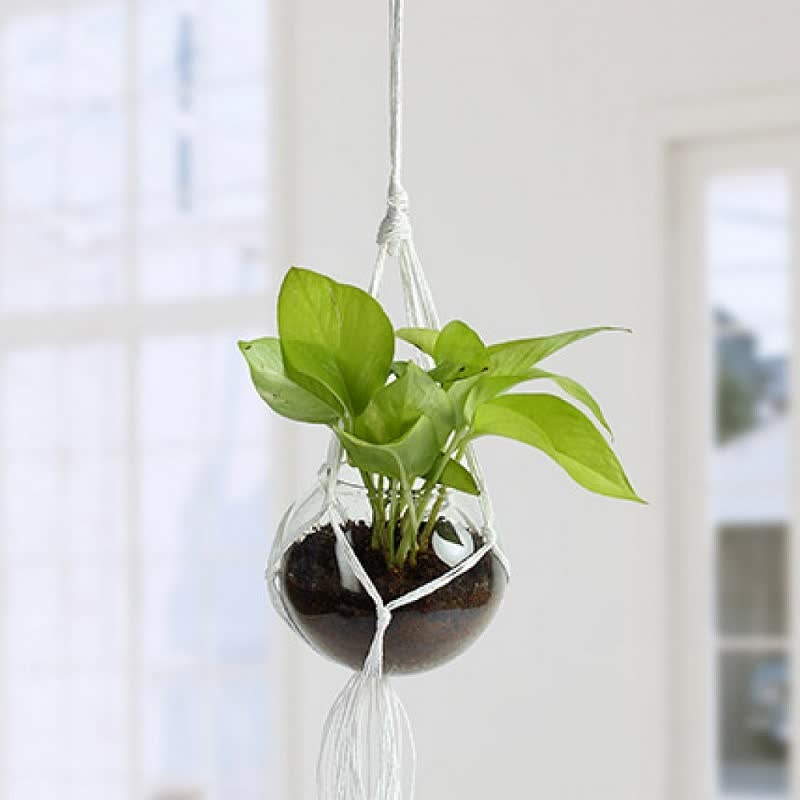
While it prefers warmth and moisture, it is an extraordinarily versatile plant that can tolerate different growing conditions.
Tip: The vine is a vigorous grower, and you will have to prune it to keep it in check.
19. Croton (Codiaeum Variegatum)
Croton is a vibrant-hued plant that can be a fantastic addition to your terrarium. The plant desires light and works particularly well in open terrariums.

20. Prayer Plant (Maranta Leuconeura)
The plant got its name because it folds up the leaves every night, as if in prayer. It likes to be warm and well-watered and can grow to be 12 inches tall.
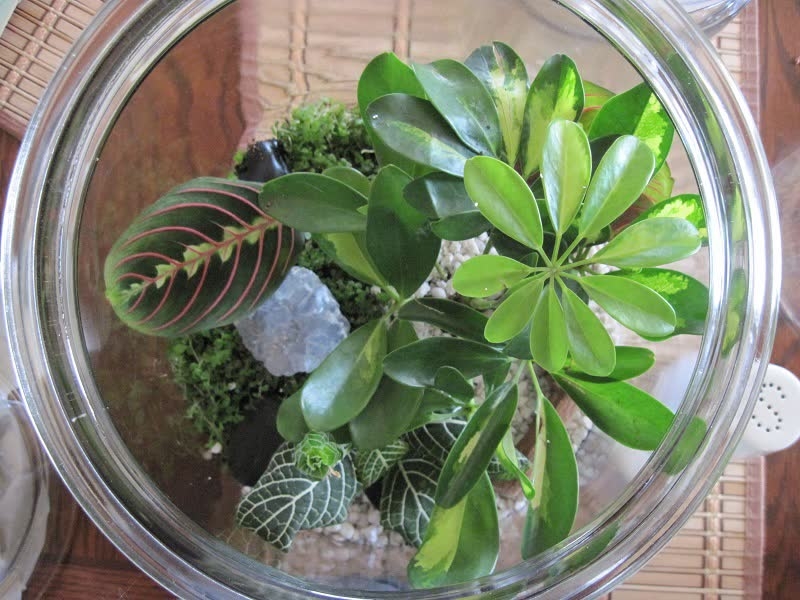
Tip: You will know if the plant is not getting enough light—its leaves will stay folded even during the day.
Caring for Terrarium Plants
Properly planted terrarium plants are pretty much self-sustaining. But some care and attention, especially in the first couple of months, can go a long way.
Here are some points to remember:
Terrarium Light
Too much sunlight can burn the plant leaves and stems. But too little sunlight leads to mush. It’s best to expose your terrarium plants to bright, indirect light.
Tip: You can rotate the terrarium regularly to ensure even sunlight exposure.
Air Ventilation in a Terrarium
Ventilate your closed terrarium every now and then to let some fresh air in. Doing so will also protect your mini-garden from molds that grow due to over-humidity.
Tip: Air your terrarium during the day and cover it during the night.
Watering Terrariums
An enclosed terrarium requires little or no watering. It recycles its own water. An open terrarium may want watering once a week in small doses. Use a syringe, eyedropper, or misting spray to avoid over-watering.
Tip: Shriveled leaves? Time to water. Yellowing or mushy leaves? You’re over-watering.

Pruning
There is nothing worse than an overcrowded terrarium where plants are fighting for space. Therefore, prune regularly. Remove spent flowers and leaves. Do not decompose the plant parts in the container—it may cause fungal infections.
Fertilizing
Most terrariums do not need any fertilizer. But if your plants start to appear malnourished, fertilize them sparingly. In a terrarium, the last thing you want is to stimulate rapid growth!
Tip: When fertilizing, use a weak mixture (one-fourth strength) of an all-purpose houseplant food.
Cleaning
Keep the container clean by wiping off debris, both inside and out. Dirty or foggy glass will make it harder for light to reach your plants. Also, clean the decorative pieces as they may gather algae or fungus.
Tip: Do not use strong cleaning products on the inside of the terrarium. They may damage your plants.
Where to Buy Terrarium Plants
Terrarium plants have been in vogue for a few years now. With their ever-increasing popularity, just about every garden center, nursery, and florist shop has them on display.
But if you do not have any luck there, or are looking for a better selection, you can easily find plenty of stores online offering a fabulous range of terrarium plants.
If you are planning to buy terrarium plants, give these options a go:
Terrarium & Fairy Garden Plants
You will find plants like Red Polka Dot Plant, Sansevieria Hahnii, Furcrlaera, Baby Rubber Plant, and Parlour Palm. A set includes seven to eight terrarium and fairy garden plants of approximately 4 to 6 inches.
Mini Terrarium Plants
Miniature plants like Friendship Plant, Spider Fern, Golden Clubmoss, and Strawberry Begonia are terrarium-friendly. While selecting plants, make sure to choose ones that thrive in the same environment you will be creating.
Climber Vine Terrarium Plant
Climbing vines offer the possibility to scape your terrarium vertically. They come in shades of green, red, and brown and can enliven any miniature garden. Some terrarium-loving vines include String of Pearls (Curio Rowleyanus), Wandering Jew (Tradescantia Zebrina), Lipstick Plant (Aeschynanthus Radicans), and Baby Tears (Soleirolia Soleirolii).
Terrarium Plants FAQs
Where to buy terrarium plants?
How to make terrarium plants?
Making terrarium plants is both easy and fun. All you need is a glass container to hold your mini garden, some potting soil, and the plants you want to grow. Get creative by adding decorative pieces like pinecones, pebbles, and seashells to your terrarium!
What are terrarium plants?
Terrarium plants, in simple words, are small, slow-growing plants. This includes plants like Peperomia, Nerve Plant, and Pothos.
What are good terrarium plants?
Typically, good terrarium plants should be petite. And they should have slow growth. You do not want them to touch the sides of your container. Succulents, ferns, and air plants are ideal to grow in your terrarium.
Gardening Under a Glass
If you do not have enough time, space, or energy to raise indoor plants, gardening under glass is for you. Terrariums, with their bed of mosses, leafy plants, vines, and barks, can add life to your home decor.
You can also gift self-made terrariums to your loved ones. Doing so not only promotes sustainability—the gifts themselves are meaningful, symbolizing life and hope.
What’s more, these mini-ecosystems, much like planted aquariums, are jam-packed with therapeutic benefits. They work as natural humidifiers and purify the air. Plus, taking care of tiny plants in a glass jar is a joy, wouldn’t you agree?
Now if you have that itch to create something you could call your own, get started with gardening under a glass!

